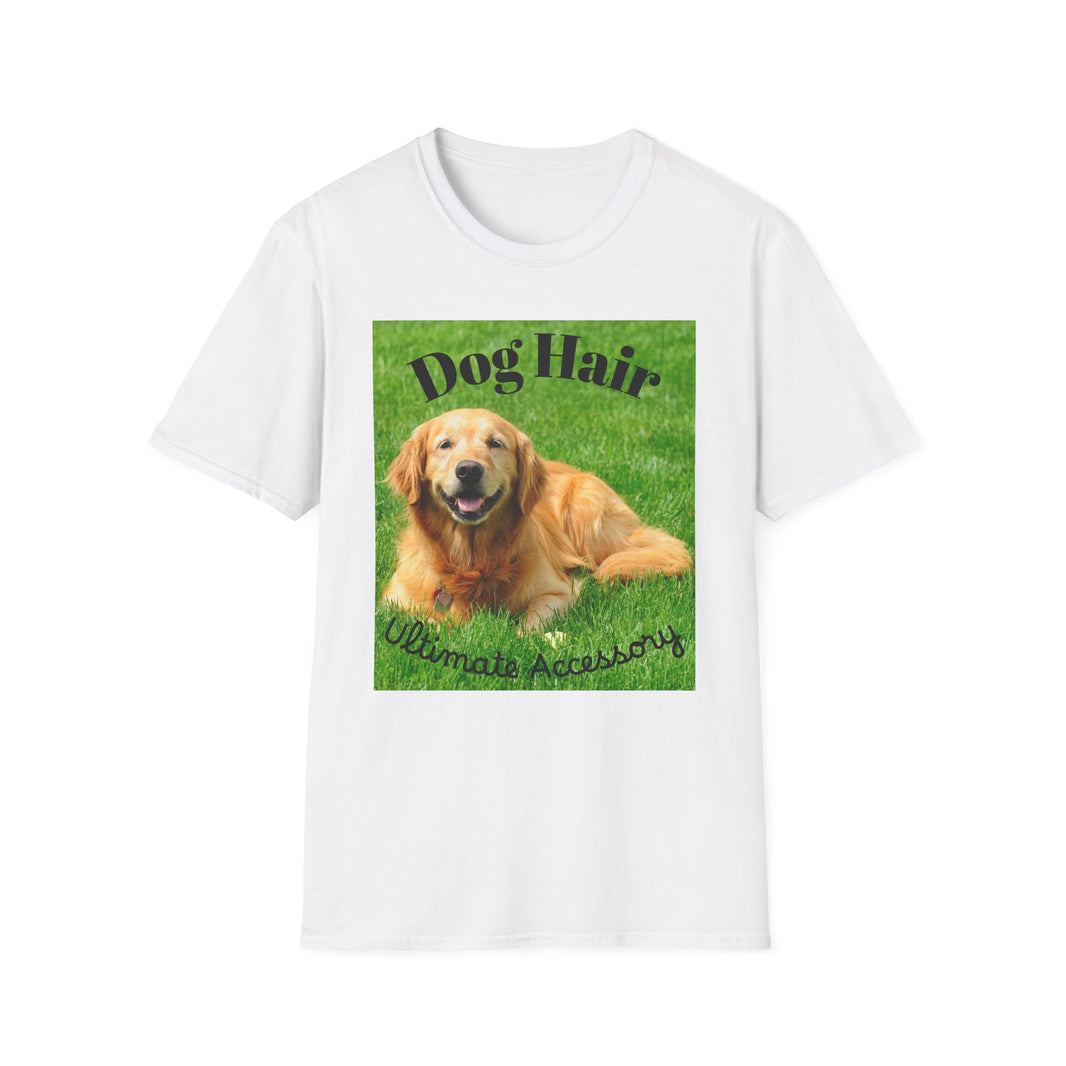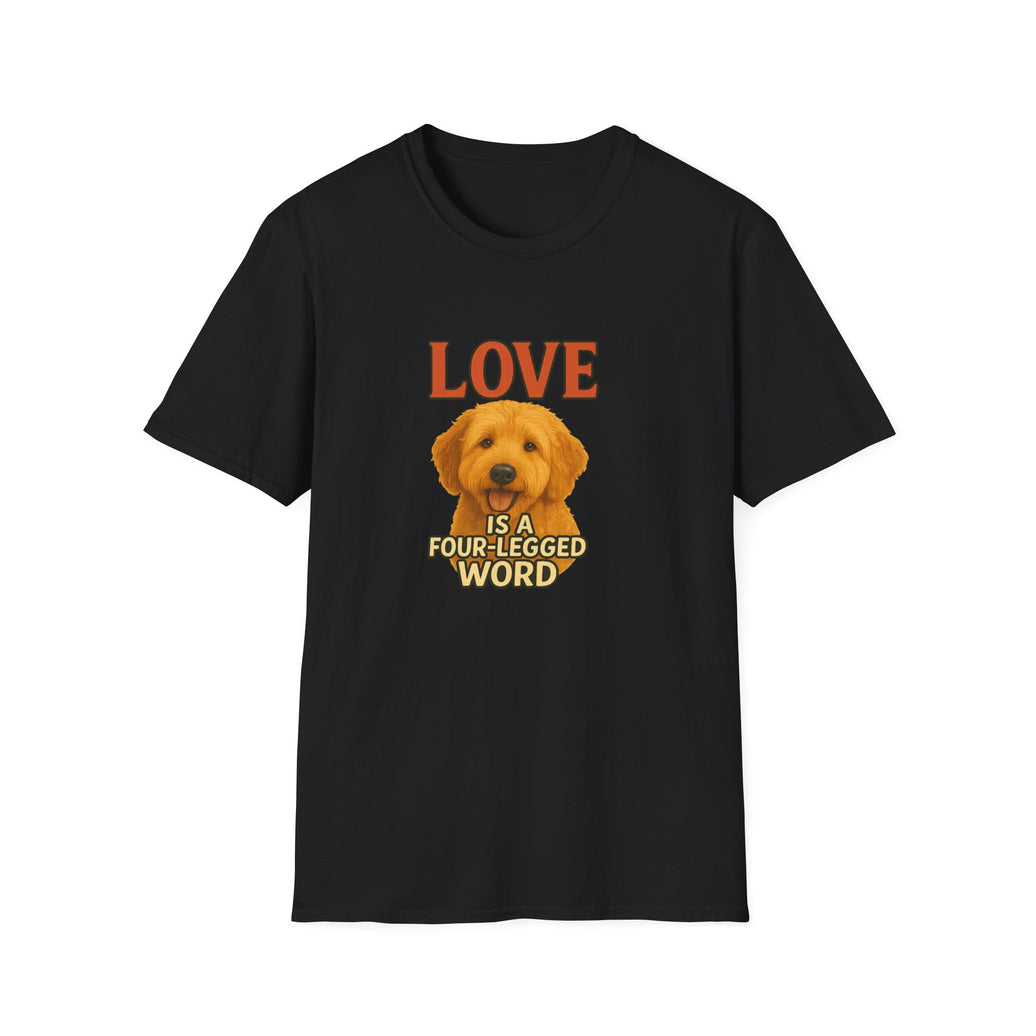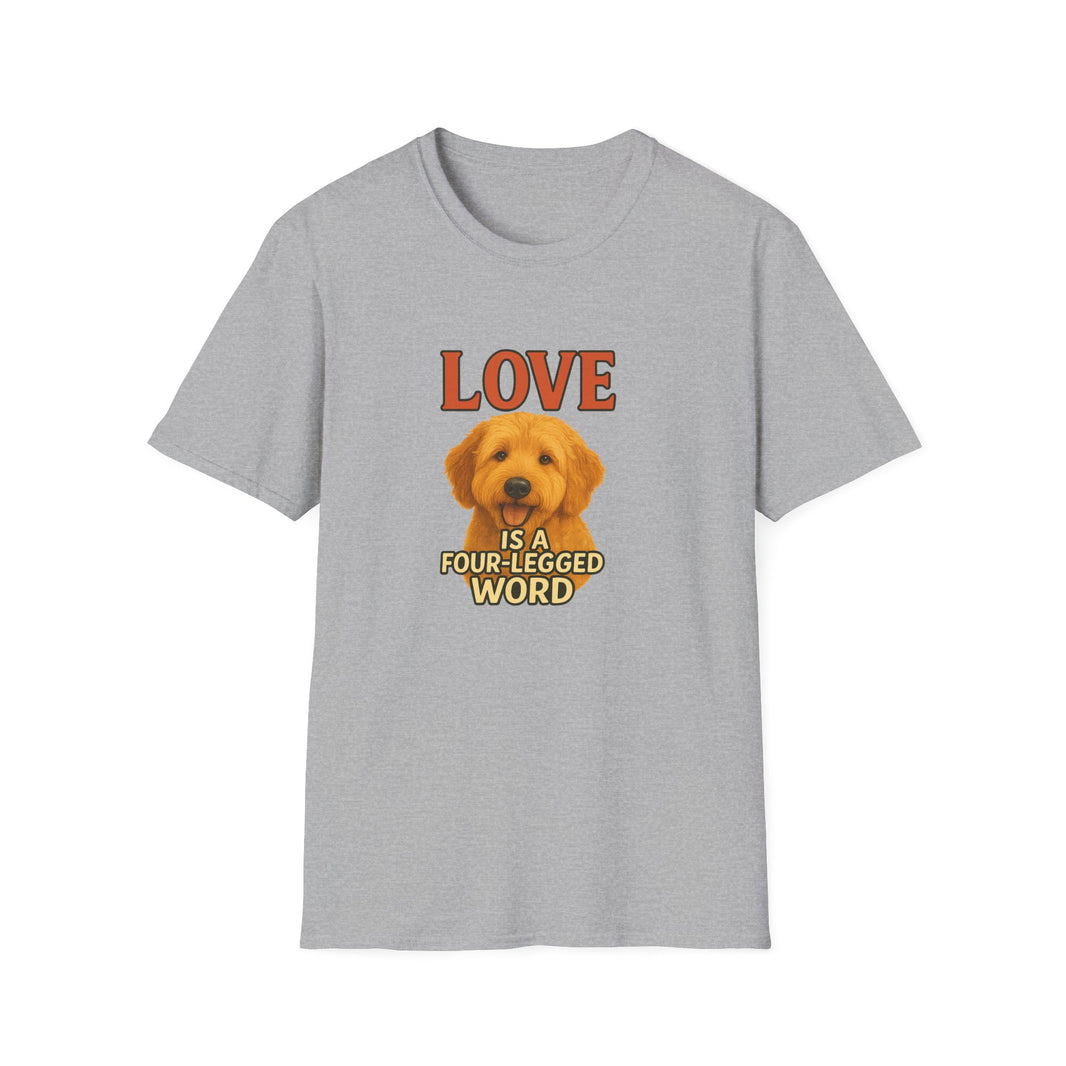Your One-Stop Shop for Everyday Essentials & Unique Finds
Essential Cold Weather Gear for Kayaking: Stay Warm and Safe on the Water
Kayaking in cold weather can be both thrilling and challenging. To ensure a safe and enjoyable experience, it's essential to have the right gear. This guide will help you understand what to wear and bring along to stay warm and safe on the water during winter kayaking adventures.
Key Takeaways
- Layer your clothing to keep warm and dry, starting with a moisture-wicking base layer.
- Protect your hands, feet, and head with appropriate gear like waterproof gloves and insulated boots.
- Always wear a personal flotation device (PFD) for safety while kayaking in cold water.
- Choose a suitable kayak, such as a sit-in model, to shield yourself from the elements.
- Be aware of the risks of cold water immersion and know how to respond if you capsize.
Layering Up: The Key to Staying Warm
When it comes to kayaking in cold weather, layering is essential. It helps you stay warm and dry while allowing you to adjust your clothing as conditions change. Here’s how to do it right:
Choosing the Right Base Layers
Your base layer is the first line of defense against the cold. It should be made of wicking materials that pull moisture away from your skin. Here are some tips:
- Opt for synthetic fabrics like polypropylene.
- Avoid cotton, as it retains moisture and can make you cold.
- Consider wearing long johns under your pants for extra warmth.
Mid-Layers for Added Insulation
The mid-layer provides insulation to keep you warm. Here’s what to look for:
- Fleece or wool materials work great for insulation.
- You can wear one or two thin layers to adjust easily to temperature changes.
- Make sure it’s not too bulky, so you can still move comfortably.
Outer Layers to Keep You Dry
Your outer layer protects you from wind and water. Here’s how to choose:
- A waterproof jacket or drysuit is a must.
- Make sure it’s breathable to prevent overheating.
- If you’re using a wetsuit, remember that it keeps you warm with the water inside it, so you might not need an additional base layer.
Remember, the right layers can make all the difference in staying warm and enjoying your time on the water!
Protecting Your Extremities: Hands, Feet, and Head
Best Gloves for Cold Weather Kayaking
When it comes to keeping your hands warm while kayaking in cold weather, the right gloves are essential. Here are some options to consider:
- Neoprene Gloves: These are great for insulation but can hold water, making your hands feel wet.
- Pogies: These attach to your paddle and keep your hands warm while allowing direct contact with the paddle. Just remember, if you take your hands out, they’ll be exposed!
- Mittens: Neoprene mittens are warmer than gloves, but you might want to wear a lightweight glove underneath for flexibility.
Footwear to Keep Your Feet Warm and Dry
Your feet are likely to get wet while kayaking, so it’s important to wear the right footwear. Here are some options:
- Neoprene Booties: These are the best choice for cold water. They come in different heights, with high-tops providing better protection against water.
- Waterproof Shoes: If you prefer something more versatile, look for shoes that are both waterproof and insulated.
- Sandals: These are fine for warmer weather but may not provide enough warmth in cold conditions.
Headgear to Shield Against the Cold
Keeping your head warm is just as important as your hands and feet. Here’s what you need:
- Waterproof Hats: These will keep your head dry and warm in rain or spray.
- Neoprene Hoods: For colder days, a neoprene hood can help retain body heat and keep you comfortable.
- Ear Protection: Consider using ear plugs or a hood to prevent cold water from causing discomfort or health issues.
Remember, staying warm is not just about comfort; it’s about safety too! If your extremities are cold, it can affect your ability to paddle and respond in emergencies. Invest in quality gear to enjoy your time on the water!
Essential Safety Gear for Winter Kayaking
When you're out kayaking in the winter, safety gear is a must! Staying safe on the water is just as important as staying warm. Here are some essential items you should have:
Importance of Personal Flotation Devices (PFDs)
- Always wear a PFD while kayaking. It keeps you afloat and provides warmth if you fall in.
- Make sure it fits snugly; a well-fitted PFD can save your life.
- Check your PFD before each trip to ensure it’s in good condition.
Using a Headlamp and Beacon for Visibility
- Winter days are shorter, so having a bright headlamp is crucial for visibility.
- A flashing beacon can help others see you, especially in low light.
- Always carry extra batteries to ensure your lights work when you need them.
Carrying an Air Horn for Emergencies
- An air horn is a great tool to signal for help if needed.
- It’s loud enough to alert nearby boats or people.
- Keep it easily accessible in your kayak, so you can grab it quickly.
Remember, being prepared is the key to enjoying your winter kayaking adventures!
Choosing the Right Kayak for Cold Weather
When it comes to winter kayaking, choosing the right kayak is crucial for staying warm and safe. Here are some key points to consider:
Sit-In vs. Sit-On-Top Kayaks
- Sit-In Kayaks: These kayaks provide better protection from cold winds and splashes. They keep you warmer by enclosing you in the cockpit.
- Sit-On-Top Kayaks: While they are easier to get in and out of, they expose you to the elements, which can be uncomfortable in cold weather.
Benefits of a Spray Skirt
- A spray skirt is a great addition for sit-in kayaks. It helps keep water out of the cockpit, ensuring you stay dry and warm.
- It also provides an extra layer of insulation against the cold air.
Stability and Safety Considerations
- Stability: Look for kayaks that offer good stability, especially in rough waters. A stable kayak helps prevent capsizing, which is crucial in cold conditions.
- Safety Features: Ensure your kayak has safety features like grab handles and reflective strips for visibility.
Remember, the right kayak can make all the difference in your winter paddling experience. Choose wisely to enjoy the beauty of the season while staying safe on the water!
Tips for Staying Comfortable on the Water
Managing Sweat and Moisture
When you're out on the water, keeping dry is essential. Here are some tips to manage sweat and moisture:
- Layer your clothing: Start with a moisture-wicking base layer to keep sweat away from your skin.
- Choose breathable fabrics: Look for materials that allow air to circulate, helping you stay cool.
- Ventilation: If you start to feel too warm, unzip your outer layers to let some air in.
Staying Hydrated in Cold Weather
Even in cold weather, staying hydrated is crucial. Here’s how to keep your hydration levels up:
- Drink water regularly: Don’t wait until you’re thirsty to drink.
- Warm beverages: Consider bringing a thermos with warm drinks to help keep your body temperature up.
- Avoid alcohol: It can dehydrate you and make you feel colder.
Taking Breaks to Warm Up
Don’t forget to take breaks! Regular breaks can help you recharge and warm up:
- Find a sheltered spot: Look for a place out of the wind to take a break.
- Stretch and move: Get your blood flowing again by stretching or doing light exercises.
- Change layers if needed: If you feel damp, consider changing into dry clothes to stay warm.
Staying comfortable on the water is all about preparation and awareness. Keep an eye on your body and adjust your gear as needed to ensure a great day out!
Remember, staying warm in the wet of winter is all about layering and choosing the right gear. Use a light beanie when working hard and switch to a thicker insulator when you stop. Consider using pogies while paddling instead of thick gloves for better grip and warmth!
Must-Have Accessories for Winter Kayaking
When you're out on the water in winter, having the right accessories can make all the difference. Here are some essentials you shouldn't forget:
Dry Bags for Keeping Gear Safe
- Keep your gear dry! A good dry bag is essential for protecting your belongings from splashes and rain.
- Look for bags that are waterproof and have a secure closure.
- Consider different sizes for various items, from clothes to snacks.
Using a Paddle Leash
- A paddle leash is a simple but effective tool to prevent losing your paddle if you drop it.
- It attaches your paddle to your kayak, ensuring it stays close by.
- This is especially important in cold water, where retrieving a lost paddle can be dangerous.
Bringing Along a Repair Kit
- Be prepared for anything! A small repair kit can save your day if something goes wrong.
- Include items like duct tape, a multi-tool, and spare parts for your kayak.
- This way, you can fix minor issues on the spot and keep paddling.
Remember, staying safe and comfortable on the water is all about being prepared. With the right accessories, you can enjoy your winter kayaking adventures to the fullest!
Understanding the Risks of Cold Water Immersion

When kayaking in cold weather, it’s super important to understand the risks of cold water immersion. Being prepared can save your life! Here’s what you need to know:
Recognizing Symptoms of Hypothermia
Hypothermia happens when your body loses heat faster than it can produce it. Here are some signs to watch for:
- Shivering
- Confusion or memory loss
- Slurred speech
- Weak pulse
If you notice these symptoms, it’s crucial to get warm immediately!
Steps to Take if You Capsize
If you find yourself in the water, follow these steps:
- Stay calm and try to get back to your kayak.
- If you can’t, float on your back to conserve energy.
- Signal for help if you see others nearby.
Training for Self-Rescue Techniques
Practicing self-rescue techniques can make a big difference. Here are some tips:
- Practice getting back into your kayak from the water.
- Learn how to use a paddle float for assistance.
- Take a class on cold water safety to boost your skills.
Remember, the right gear can help you stay warm and safe. Always dress for the water temperature, not just the air temperature!
Wrapping It Up: Stay Warm and Safe While Kayaking
So there you have it! With the right gear, winter kayaking can be a blast. Remember to layer up with waterproof and warm clothing, and don’t forget your PFD. Keep your hands and head warm with gloves and a hat, and always be ready for changing weather. Safety is key, so know your limits and practice your skills. Winter paddling isn’t just safe; it’s a fun way to enjoy the beauty of nature in a whole new way. So grab your gear, hit the water, and make some awesome memories!
Frequently Asked Questions
What should I wear for kayaking in cold weather?
When kayaking in cold weather, it's important to dress in layers. Start with a moisture-wicking base layer, add an insulating mid-layer, and finish with a waterproof outer layer to keep you dry.
How can I keep my hands warm while kayaking?
To keep your hands warm, use waterproof gloves or pogies, which attach to the paddle and allow your hands to grip while staying protected from the cold.
Is it safe to kayak in winter?
Yes, kayaking in winter can be safe if you wear the right gear and know how to handle cold water. Always wear a personal flotation device (PFD) and be aware of your surroundings.
What type of kayak is best for cold weather?
Sit-in kayaks are generally better for cold weather as they provide more protection from the elements compared to sit-on-top kayaks.
How do I prevent hypothermia while kayaking?
To prevent hypothermia, dress appropriately for the water temperature, wear a PFD, and know the signs of hypothermia, such as shivering and confusion.
What safety gear should I bring for winter kayaking?
Essential safety gear includes a personal flotation device (PFD), a whistle or air horn, a headlamp for visibility, and a backup paddle in case of emergencies.













Leave a comment